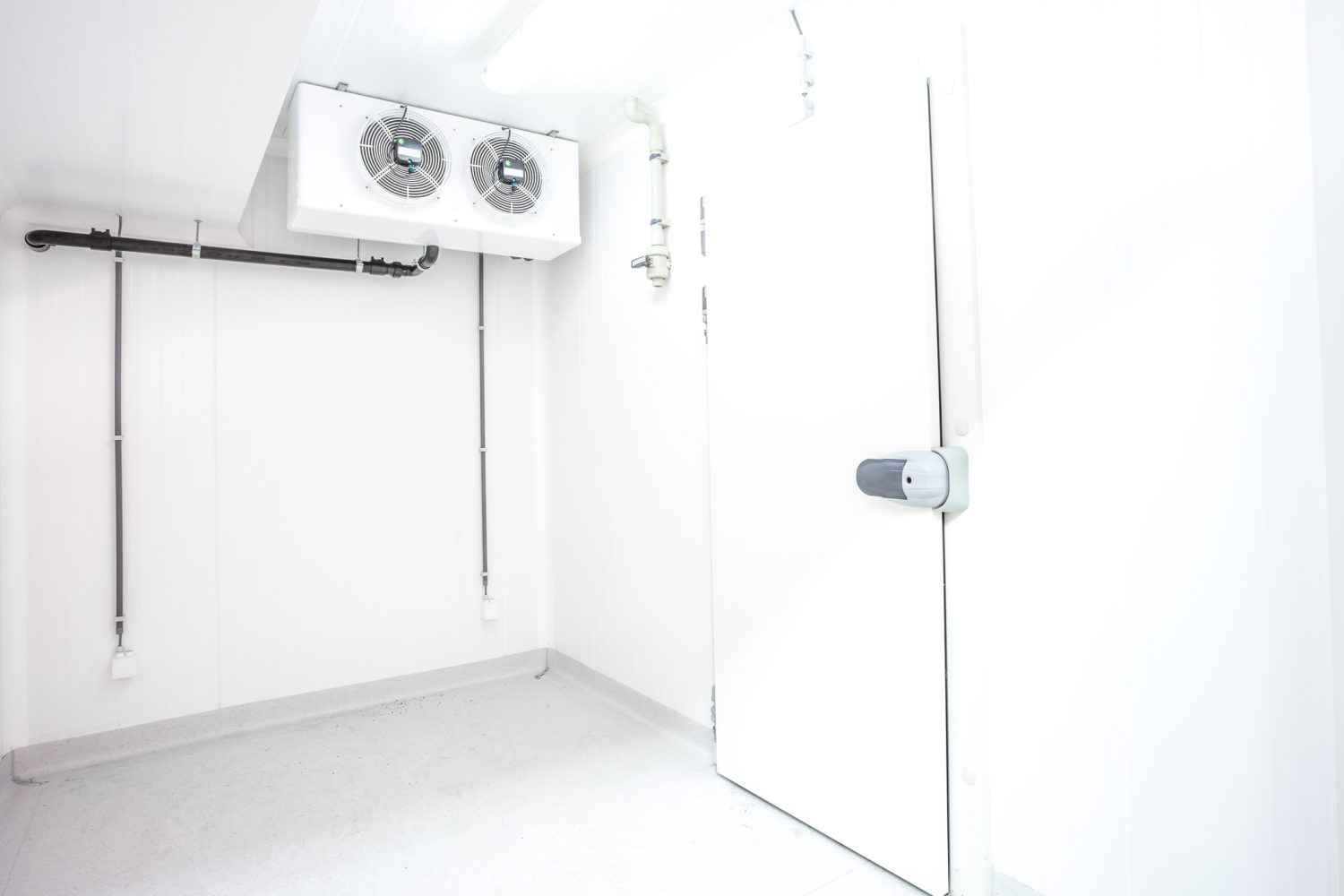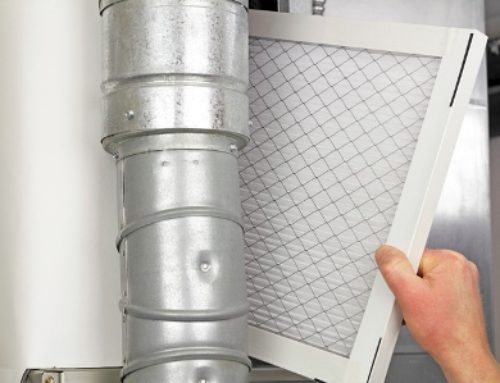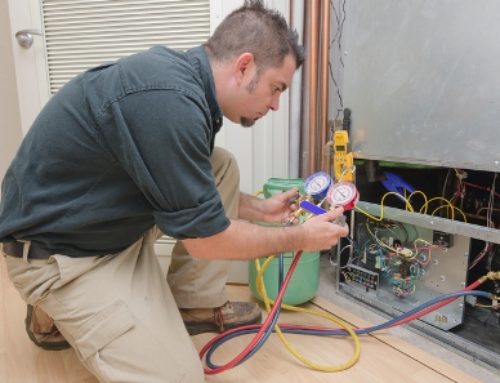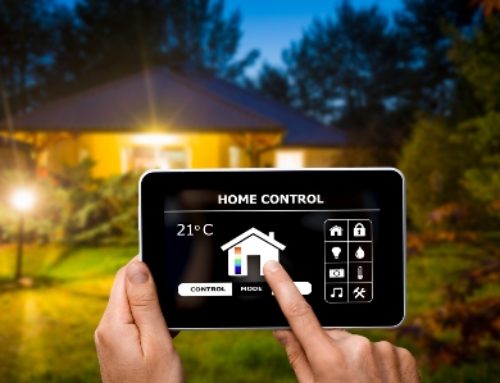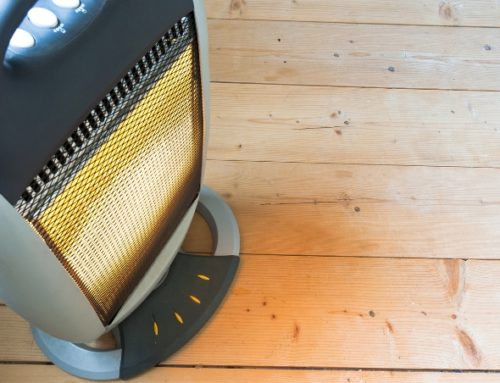A walk-in refrigerator helps keep food products and other cold substances cool and fresh, but not frozen. This is vital to preventing spoiling or disease, making it central to any food enterprise—just as long as it doesn’t overcool your product. Some items can be ruined by freezing them, meaning there’s a careful balance between cooling and freezing that should be maintained.
Cooling Temperature
So how cold should your walk-in cooler be? Ultimately, the temperature of your walk-in refrigerator will depend on the product you’re carrying, but in most cases, it should be between 35 to 45 degrees Fahrenheit. Since water’s freezing point is around 32°F, you don’t want the temperature to drop to that point. If it does, then anything that has any moisture in it will freeze up—and just about anything that needs to be refrigerated has some moisture.
Cooling Versus Freezing
The FDA mandates that food be kept at or below 41°F, though the optimum point is around 38°F. Anywhere above that, and the food won’t last as long as it should, and you may even face legal issues if it’s found that your cooler is not keeping items below 41°F.
On the other hand, however, the temperature in a walk-in refrigerator should not drop below 35°F. If it does, items may freeze, which is not a good scenario for milk, certain vegetables or fruits, or anything creamy. Once they thaw out, they won’t taste the same or have the same texture, essentially ruining the product.
If you need items frozen, you’ll need a separate freezer, which will usually run at around -10°F to 0°F, depending on the items you need frozen.
Solving Overcooling Issues
There are instances when a walk-in fridge will malfunction and end up freezing its contents. This can result from a variety of issues, including problems with the temperature sensor, the compressor, or air circulation in the unit. Climate Tech Air Conditioning and Heating can help you resolve these issues and prevent losses from freezing.



